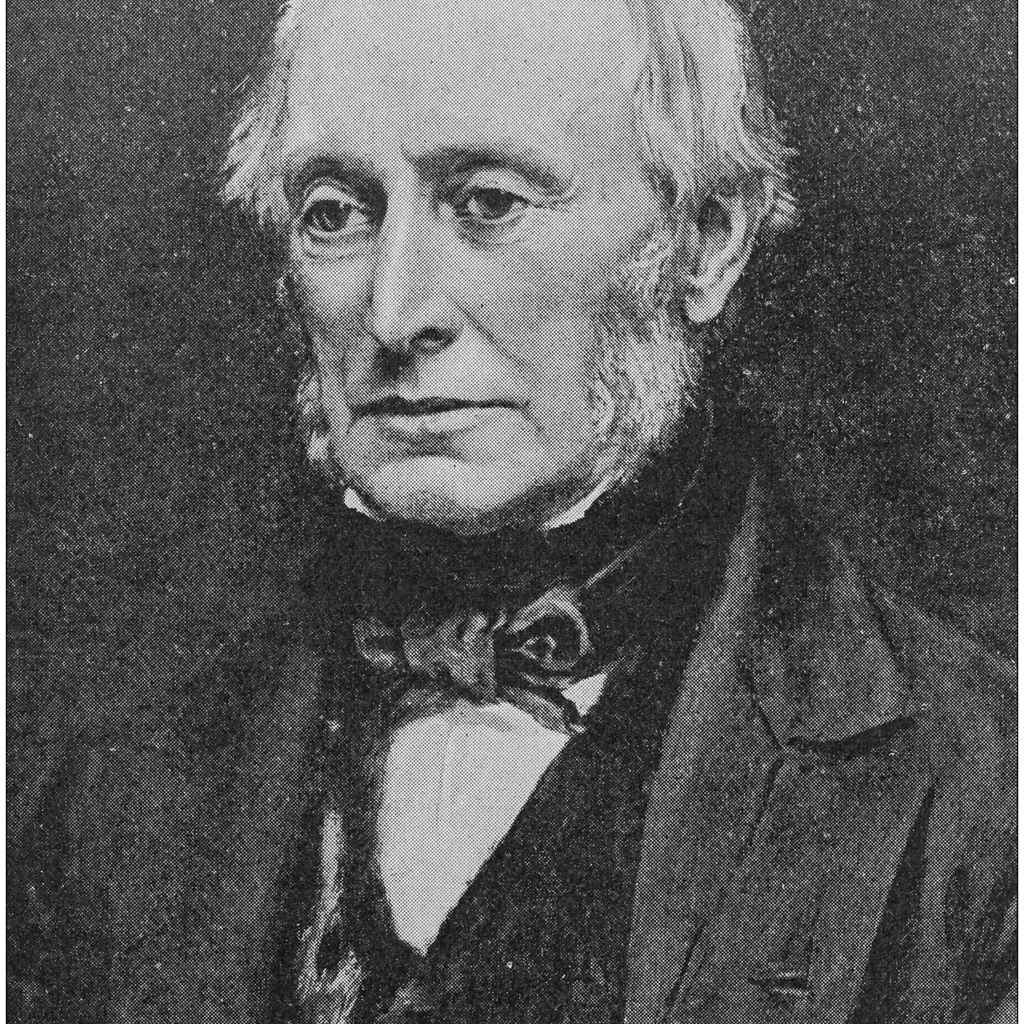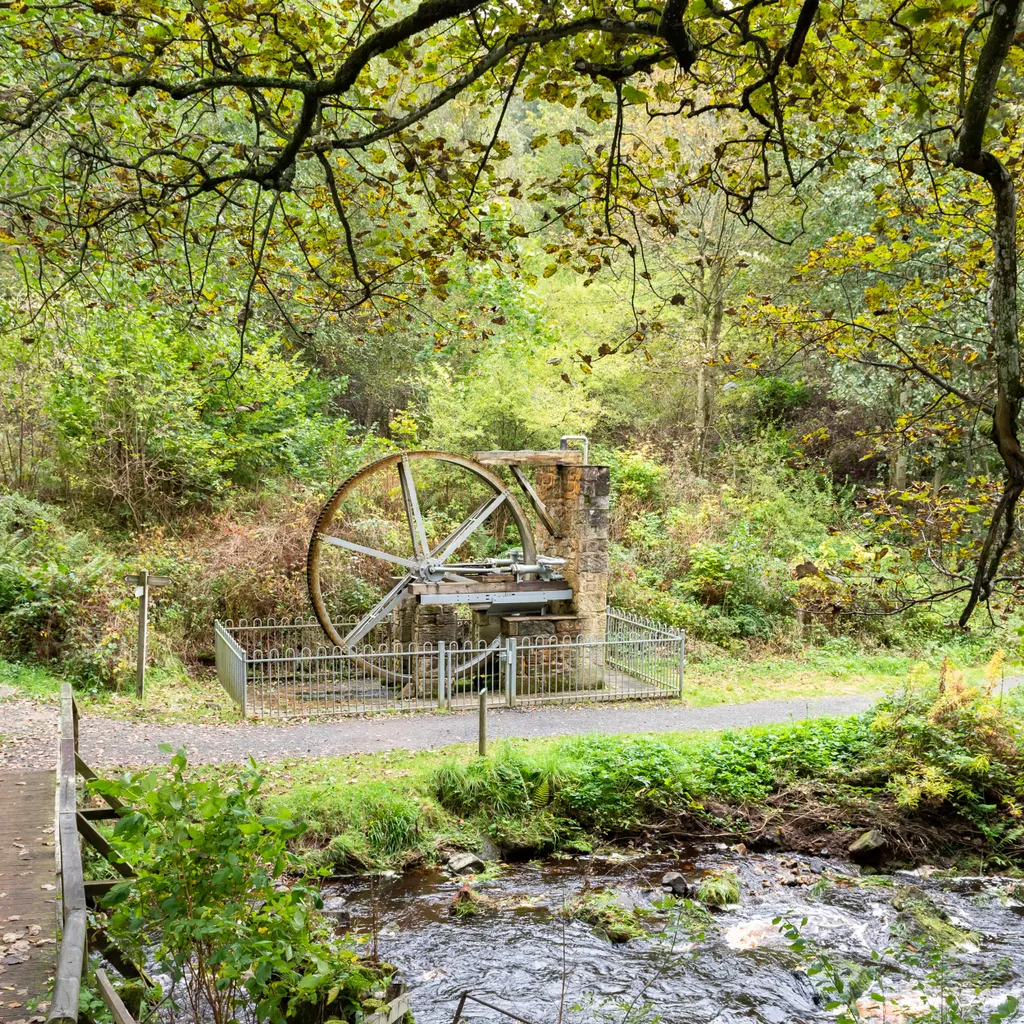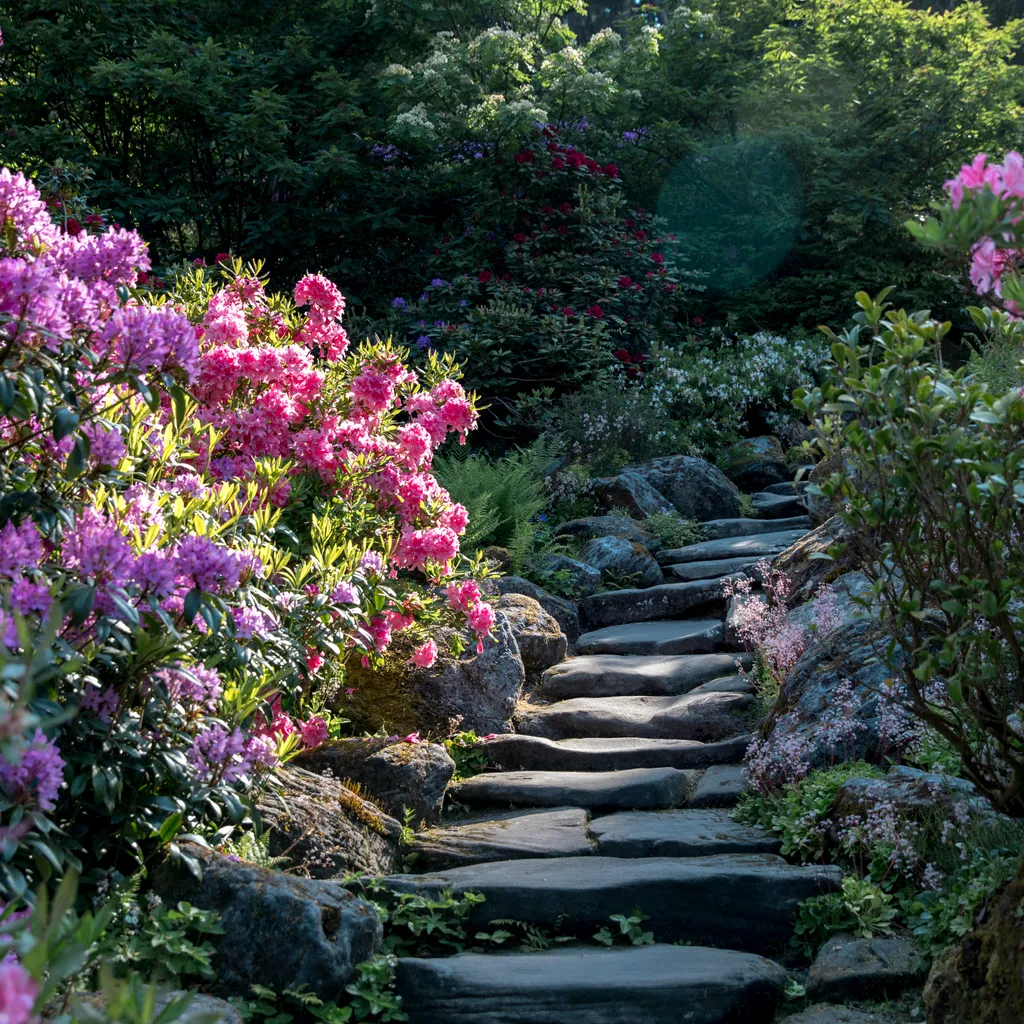All you need to know about this pioneering home Cragside in Northumberland.
Where is Cragside?
Built on a rocky crag high above the Debdon Burn, this magnificent country house is near the town of Rothbury in Northumberland, England.
Postcode for SatNav: NE65 7PX
When was Cragside built?
Lord and Lady Armstrong commissioned Cragside house, a late 19th-century architectural masterpiece.
Initially a picturesque two-storey dwelling, it evolved into a fantasy castle of luxury and convenience.
Over 25 years, architect Norman Shaw transformed the modest fishing lodge into an Arts and Crafts-style marvel, blending the romance of the past with modern technological comforts.
Architectural historian Nikolaus Pevsner was to call “the most dramatic Victorian mansion in the north of England”.
Who built Cragside?
William Armstrong was born in Newcastle in 1810. He became an amateur scientist, inventing a hydraulic crane and the hydraulic mechanism that operates the Tower Bridge in London.

Setting up a company to produce his creation was the first step on the road to becoming a major industrialist.
Swiftly transitioning into weaponry and warships, he is credited with nearly single-handedly arming Japan during the Russo-Japanese War.
For his contributions, he received knighthood and later attained the title of 1st Baron Armstrong.
What is Cragside famous for?
The enormous wealth that arms manufacturing brought gave Armstrong the chance to build the house of his dreams and introduce brand new technology that made Cragside the most cutting-edge house on the planet.
Cragside achieved the distinction of being the world's first house to be lit by hydro-electric power, employing five artificial lakes and a network of underground piping.

In addition to electric lighting, he also installed a dishwasher, a washing machine, a vacuum cleaner, an automatic plant-watering device and a telephone system.
What to see and do at Cragside
Cragside's exterior presents a striking fusion of diverse architectural styles and elements. These include gables, crenelations, Tudor chimneystacks, Gothic arches, and mullioned windows.
Explore the exquisite Victorian interiors - said to be some of the best in the country - showcasing the work of prominent figures such as William Morris, Dante Gabriel Rossetti, Philip Webb, and Burne-Jones.
Margaret Armstrong (1817-93) was an avid gardening enthusiast who oversaw the creation of natural 'rooms' across the estate.
Her forward-thinking vision gradually transformed the land into the gardens we see today. Highlights include a maze, a water fall and Trim Trail, along with:
- Pinetum: Stroll beneath the towering canopy of some of the country's tallest trees.
- Rock Garden: Wander along the rocky paths within the impressive garden that encircles the House.
- Carriage Drive: Explore Cragside by car on a circular 6-mile route around the grounds.
- Nelly’s Moss Lake: Discover this pair of lakes, which served as crucial reservoirs for William Armstrong’s hydroelectricity creation. Don't miss the family-friendly 1.5-mile path encircling both lakes.
When are the rhododendrons in bloom at Cragside?
Towards the end of May and into June, a variety of rhododendrons burst into bloom. These include some of the Armstrongs' original plantings.

Originally planted in the 1870s, the Cragside rhododendrons are affectionately referred to as 'the Rhodies'.
The Trust restored the central section of the Rock Garden during the late 1980s and early 1990s. However, the original Armstrong plants still adorn the flanks on either side and at the back.
Useful Information
- House opening hours: 11–4 (closed from 6 Nov).
- Tea room; shop; garden; accessible toilets; wheelchair hire; dogs welcome outdoors.
Looking for more inspirational days out?
If you're in the area, check out our guide to the best walks in Northumberland, including Cragside Walk, or explore Alnwick Garden.
We've also put together comprehensive guides and features about the National Trust, including a round up of the best top 10 National Trust properties, the National Trust best outdoor cinema locations and the best National Trust walks.

Do you have National Trust membership?
Become a member to enjoy savings on visits and contribute to preserving these iconic properties for future generations.
Credit: National Trust Images/Chris Lacey
